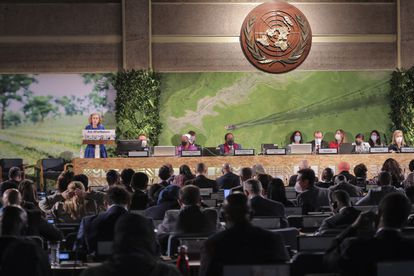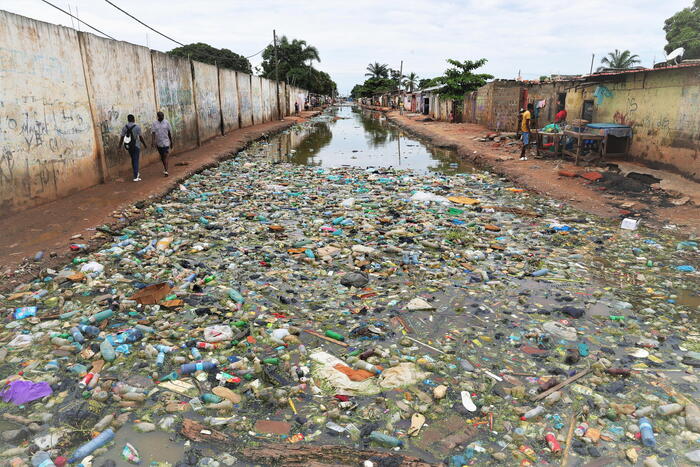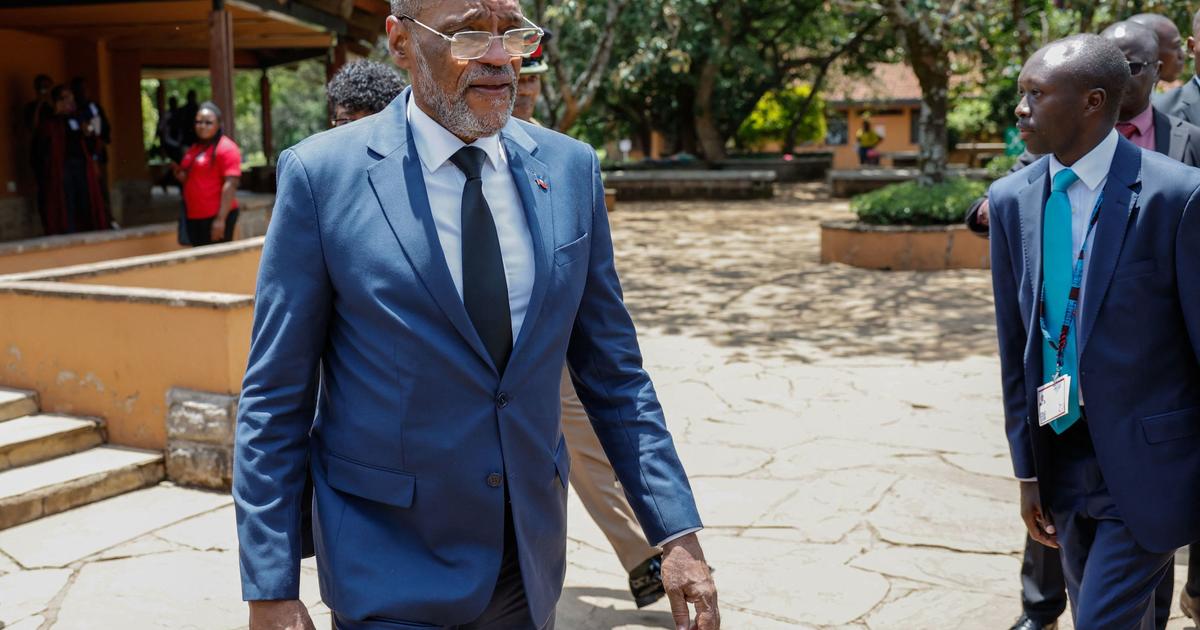The representatives of the 175 countries that have participated in the United Nations Environment Assembly (UNEA), which closes this Wednesday in Nairobi (Kenya), have agreed to create the first legally binding international treaty against plastic pollution.
After several years of negotiations and declarations, a resolution has been approved creating the intergovernmental committee that will start drawing up this treaty in June.
The intention is that the works are completed by the end of 2024 so that the ratification process of the countries of this pact to combat the growing plastic pollution begins.
Inger Andersen, executive director of the UN Environment Program (UNEP), considers that this is the most important international environmental pact that has been reached since the Paris Agreement against climate change was closed in December 2015.
And in a way, what is now agreed in Nairobi maintains the spirit of the historic pact against global warming, because it is based on the countries that ratify it presenting national plans to combat plastic pollution.
The problem is not minor and is increasing every year.
The global production of plastic has doubled in just two decades to reach 461.1 million tons in 2021. The forecast is that it will double again by 2040 if the production of a material that is very cheap is not curbed , has a very low recycling rate —barely 9% of the waste of this type that is collected in the world— and generates a high impact on nature: more than 140 million tons of plastic waste are already polluting rivers, lakes and seas of the planet, as a recent report by the OECD (Organization for Economic Cooperation and Development) warned.
Several countries have been taking specific measures against plastic bags, containers or some single-use products for years.
But within the UN the idea is widespread that against this world problem it is necessary to create an instrument that is also global and legally binding.
Because plastic waste travels from one country to another and discharges into rivers and seas often occur thousands of kilometers from where that material has been used.
Several resolutions approved since 2014 in the United Nations supported the creation of the treaty against plastic pollution.
The text that has finally been adopted in the UNEA urges that commission to "develop a
international legally binding instrument”, with “binding and voluntary” measures, that address the “complete life cycle of plastic”.
This reference to the complete life cycle has been one of the issues that has cost the most to close, since it opens the door not only for measures to be taken against pollution already generated, but also for the production of virgin plastic to be limited, which many analysts consider key.
How cheap it is to make this petroleum-derived material is one of the reasons the global recycling rate is so low, which in turn leads to plastic waste ending up in landfills, incineration, or polluting the environment.
In 2019 alone, around 22 million tons of plastic waste ended up in the environment,
The adopted resolution urges that this intergovernmental committee set the specific objectives of the future treaty.
But it specifies that "national and international cooperation measures to reduce plastic pollution in the marine environment, including existing plastic pollution" should be promoted.
The development and updating of "national action plans" on the prevention, reduction and elimination of this type of pollution should also be encouraged.
In addition, it is proposed that the progress of the implementation of the agreement be evaluated periodically.
Although the approved text is not very specific, the structure of the treaty that is outlined is very reminiscent of the Paris Agreement, where the signatory countries of the pact must present national plans to cut greenhouse gas emissions to contribute to the achievement of a common objective: that the increase in global temperature does not exceed 2 degrees, and as far as possible 1.5, with respect to pre-industrial levels.
Those cutback plans should bring greenhouse gas emissions from the world economy to virtually zero in the second half of this century.
For this, the plans are analyzed and updated periodically, as will happen with the action programs to combat plastic pollution that are launched with the future treaty.
The executive director of UNEP, Inger Andersen, during the UN assembly on the environment in Nairobi. DANIEL IRUNGU (EFE)
The approved resolution also opens the door to the creation of a financial mechanism to help develop the measures included in the treaty.
And it is requested that there be "flexibility" in some provisions so that national circumstances are taken into account in the fulfillment of commitments.
This reference leaves open the possibility that in these national plans developed countries may require more efforts than those with fewer resources.
In addition, microplastics are specifically mentioned as part of the pollution that will be tried to combat with the future treaty to be drawn up by the intergovernmental negotiating committee.
Three resolutions on plastic pollution had been presented at the Nairobi meeting.
The one with the most support was the one sponsored by Peru and Rwanda, and which was publicly supported by 60 countries, including all the members of the European Union, the United Kingdom, Norway and several Latin American states such as Chile, Colombia, Costa Rica and Ecuador.
That text, which to a large extent is the one that has gone ahead, was the one that opted for the creation of a legally binding instrument with a structure similar to that of the Paris Agreement.
The other two proposals put forward were one from Japan, which basically focused on marine pollution, and one from India, which advocated only a voluntary instrument.
After the approval of the resolution in the assembly,
A triumph over plastics
As "a triumph of the planet" over "single-use plastics" Inger Andersen has defined the resolution approved unanimously in Nairobi.
"This is the most important multilateral environmental agreement since the Paris Agreement," insisted the highest representative of UNEP.
For Espen Barth Eide, Minister of Climate and Environment of Norway and president of this UNEA, the resolution represents a "robust mandate" to create this future treaty "to end pollution" by plastic.
"Not to reduce it," stressed the Norwegian minister.
Several environmental groups have also applauded the step taken in the UNEA.
WWF, for example, has assured that “this crucial agreement constitutes one of the most ambitious environmental actions since the Montreal Protocol of 1989″, the pact that effectively eliminated substances that damage the ozone layer.
WWF has recalled that more than 2.2 million people around the world had signed the petition launched by this NGO supporting the creation of the global treaty.
You can follow CLIMA Y MEDIO AMBIENTE on
and
, or sign up here to receive
our weekly newsletter



/cloudfront-eu-central-1.images.arcpublishing.com/prisa/NIFZFFYBFVAU5FVWDHC43ESC5M.jpeg)





